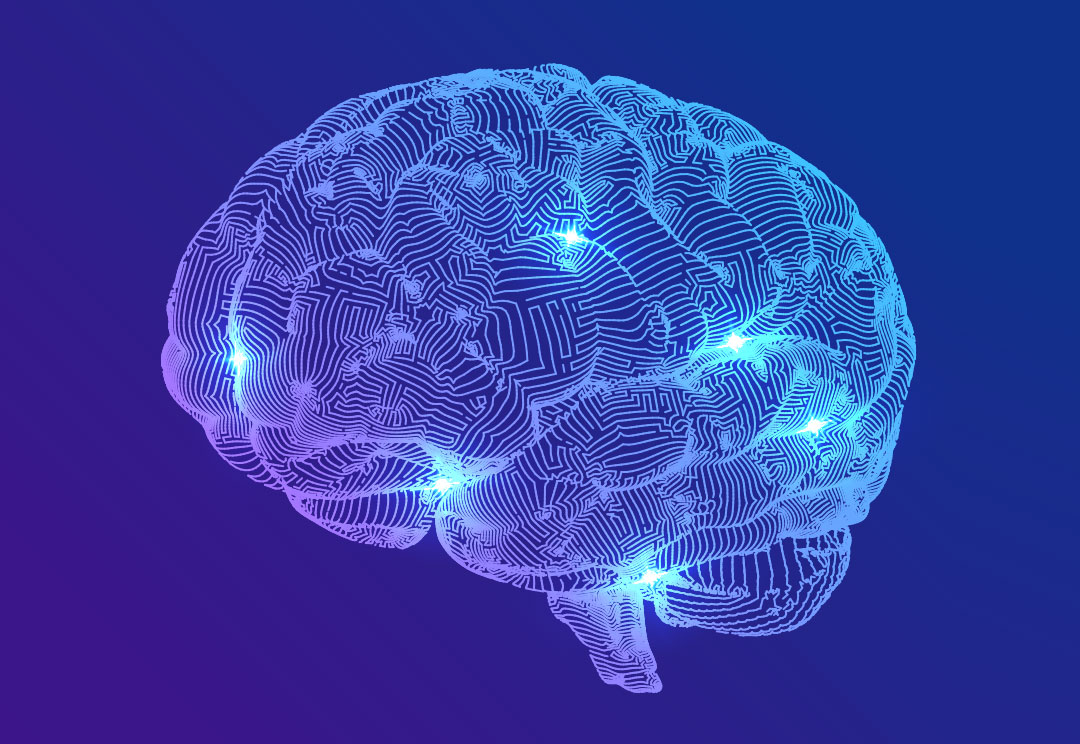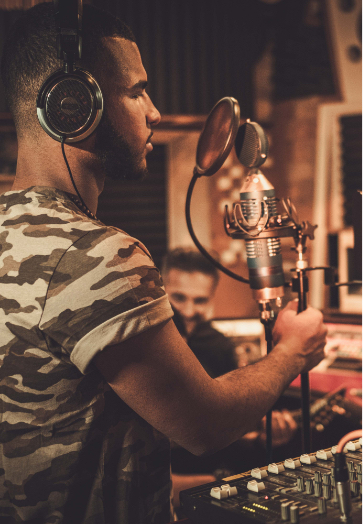Are you still enduring yawn-inducing training sessions and mind-numbing PowerPoint presentations? Fear not, because the future of learning is here, and it’s poised to revolutionize how we absorb knowledge. Welcome to Learning 2.0, where innovation meets education, and boredom is banished to the past. Strap in as we embark on a thrilling journey through the dynamic landscape of learning and development, where traditional boundaries dissolve, and new horizons in education emerge.
In this article, we’ll explore some of the most exciting and groundbreaking concepts shaping the future of education. From AI-driven personalized learning paths that cater to individual strengths to immersive simulations that transport learners to new worlds, the educational landscape is evolving at an unprecedented pace. Join us as we delve into how forward-thinking companies and technologies are transforming education, paving the way for a future where learning is not just informative, but exhilarating.
Let’s dive into these innovations and discover how they’re not only reshaping education, but redefining what it means to learn in the digital age.
1. Edutainment:
Education through entertaining and engaging content.
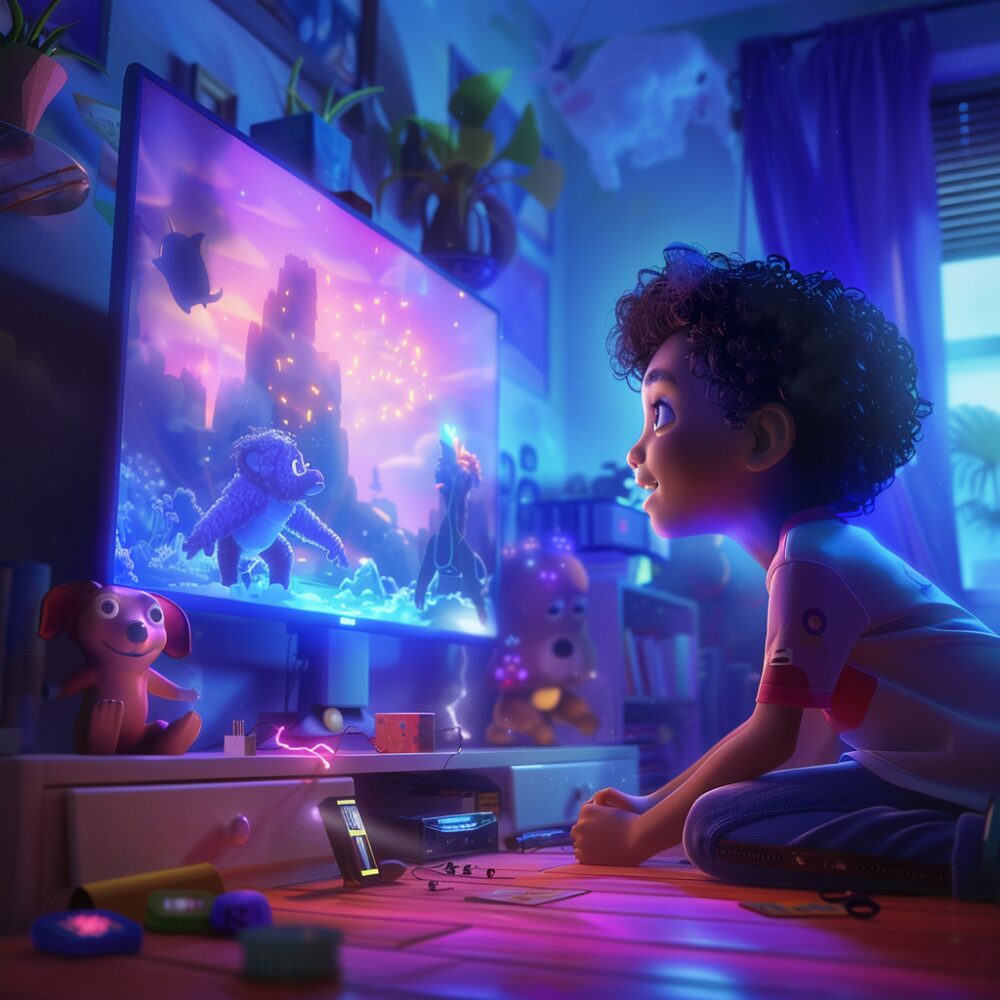
Are you tired of boring lectures and dull textbooks? Brace yourself for the era of edutainment, where learning meets entertainment in ways that will blow your socks off! Imagine delving into quantum mechanics on a virtual reality roller coaster or honing negotiation skills through a simulated Game of Thrones battle. This isn’t just a dream—it’s the reality crafted by companies like Disney and Netflix, who are leading the charge in revolutionizing education through immersive experiences that rival your favourite binge-worthy shows.
Disney’s Approach to Edutainment:
Disney, renowned for its magical theme parks and beloved characters, extends its storytelling prowess into the realm of education. Disney Imagineering, the creative force behind attractions like Epcot’s “Spaceship Earth,” seamlessly blends entertainment with educational content. Visitors embark on journeys through time and innovation, experiencing historical milestones and technological marvels in ways that make learning unforgettable. Whether exploring the wonders of space or diving into the depths of the ocean, Disney transforms education into an adventure that sparks curiosity and captivates the imaginations of all ages.
Learn more: Dive deeper into Disney’s educational initiatives at Disney Studios Education.
Netflix’s Approach to Edutainment:
Netflix, the streaming giant known for its vast entertainment library, also champions educational content through a variety of formats. From captivating documentaries that explore the wonders of our planet to interactive shows like “Carmen Sandiego,” where viewers make decisions that shape the storyline, Netflix engages audiences in learning through storytelling. These innovative approaches inform and inspire, fostering a deeper understanding of diverse subjects and encouraging curiosity-driven exploration.
Learn more: Explore Netflix’s educational documentaries and interactive shows on their platform here.
Impact and Future:
Edutainment represents a paradigm shift in education, where entertainment becomes a powerful tool for engagement and knowledge retention. By making learning as addictive and compelling as our favourite shows and attractions, Disney and Netflix are reshaping how we approach education. As technology evolves, the potential for edutainment to transform learning experiences across disciplines is limitless. Get ready for a future where education isn’t just enlightening—it’s exhilarating!
2. Google’s Napping Pods to Boost Creativity
Ever wondered why Google employees seem so innovative? It’s not just the free food and foosball tables. Google embraces the power of unconventional learning environments, including nap pods strategically placed across their campuses. These futuristic sleep pods aren’t just for catching up on Z’s—they’re part of Google’s strategy to enhance creativity and productivity.
Research indicates that short naps can significantly boost memory retention and cognitive function. By allowing employees to take brief naps during the workday, Google isn’t just promoting rest; they’re fostering an environment where employees can recharge their minds and generate fresh ideas.
So, next time you catch a Googler snoozing in one of these pods, they might just be “power-learning” their way to the next big breakthrough. It’s a testament to Google’s commitment to innovative thinking and supporting employee well-being in unconventional yet effective ways.
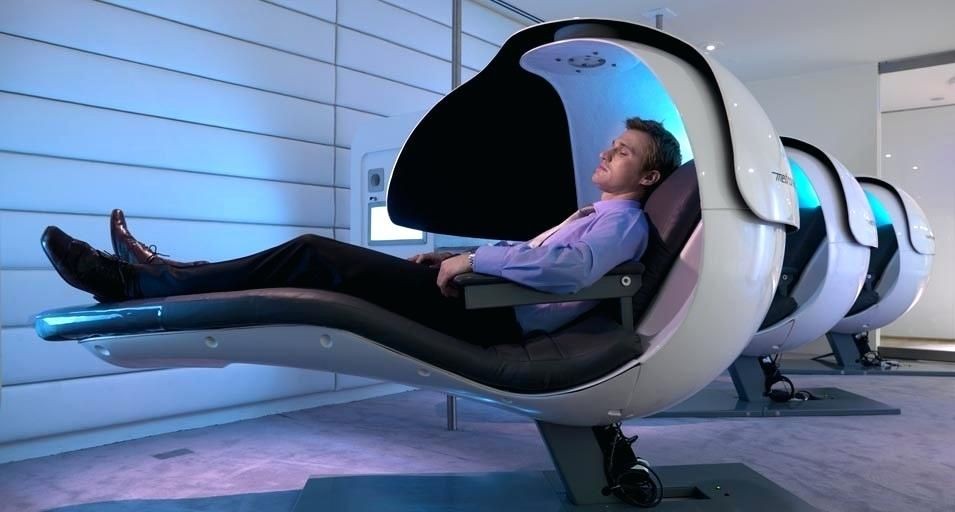
3. Learning on the Go: Mobile Micro-Lessons
In a world where attention spans are shorter than a TikTok video, micro-learning reigns supreme. Imagine this: you’re on your morning commute, and instead of mindlessly scrolling through social media, you’re mastering the intricacies of blockchain technology through a quick, engaging micro-lesson. Or perhaps you’re waiting in line for coffee, using that time to sharpen your mindfulness techniques with a bite-sized tutorial.
Mobile-friendly micro-lessons have revolutionized the way we acquire knowledge, fitting seamlessly into our fast-paced lives. These condensed nuggets of information aren’t just convenient—they’re designed to be absorbed quickly and retained effectively. Whether you’re a student trying to grasp a new concept or a professional aiming to stay ahead in your field, micro-learning offers flexibility and accessibility like never before.
Picture this: an app on your smartphone delivers personalized lessons tailored to your learning pace and preferences. You can delve into topics ranging from coding and digital marketing to language learning and personal development, all at your fingertips. Each micro-lesson is designed to be interactive and engaging, leveraging multimedia elements to enhance understanding and retention.
The beauty of mobile micro-learning lies in its ability to turn idle moments into productive learning experiences. Instead of wasting time, you’re investing it in continuous self-improvement and skill enhancement. As technology continues to advance, the potential for mobile micro-lessons to reshape education and professional development is limitless.
Whether you’re squeezing in a lesson during your commute, waiting for a meeting to start, or simply looking to expand your knowledge on the go, mobile micro-learning empowers you to learn anytime, anywhere. Embrace the future of learning—bite-sized, mobile, and tailored to fit your busy lifestyle.
Some modern examples are:
- Duolingo: A popular language-learning app that offers short, interactive lessons that can be completed in a few minutes. Users can practice vocabulary, grammar, and listening comprehension on the go, making language learning accessible during daily commutes or spare moments.
- Coursera Mobile App: Coursera offers mobile-friendly courses from universities and organizations worldwide. Learners can take advantage of micro-lectures, quizzes, and interactive exercises to deepen their understanding of subjects ranging from computer science to psychology, fitting study sessions into brief breaks throughout the day.
- LinkedIn Learning: Formerly known as Lynda.com, LinkedIn Learning provides professionals with on-demand courses and tutorials on business, technology, and creative skills. Users can access bite-sized videos and exercises that fit into their schedules, enhancing skills during downtime between meetings or while traveling.
- Codecademy Go: Designed for aspiring programmers, Codecademy Go offers interactive coding lessons that users can complete on their mobile devices. Learners can practice coding challenges and review concepts like HTML, CSS, Python, and JavaScript during short breaks, improving their coding skills in small, manageable chunks.
- Headspace: A mindfulness and meditation app that offers short, guided sessions to help users relax and focus. Individuals can practice mindfulness techniques during spare moments throughout the day, such as waiting in line or during a quick break at work, promoting mental well-being and stress reduction.

5. Case Study: SpaceX’s Space-age Simulation Labs
Elon Musk doesn’t just aim for the stars; he trains his teams to reach them too. At SpaceX, the future of astronaut training unfolds within state-of-the-art simulation labs that redefine learning through immersive experiences. These cutting-edge facilities are not just about preparing astronauts for space—they’re about preparing them exceptionally well.
Zero-Gravity Drills: Imagine floating weightlessly, surrounded by a meticulously crafted environment that mimics the vastness of space. SpaceX’s simulation labs immerse astronauts in zero-gravity conditions, allowing them to practice critical maneuvers and adapt to the challenges of moving and working in microgravity. From mastering the delicate handling of equipment to executing precise movements in a gravity-free environment, every aspect of spaceflight is meticulously simulated.
Asteroid Mining Simulations: Beyond the confines of Earth, future missions may involve extracting resources from asteroids. SpaceX’s simulation labs simulate these scenarios with unparalleled realism. Astronauts engage in simulations where they navigate robotic mining equipment across asteroid surfaces, overcoming the unique challenges posed by extraterrestrial mining operations. These simulations not only prepare astronauts for practical challenges but also foster innovation in resource utilization and sustainable space exploration.
Virtual Mission Scenarios: SpaceX’s simulation labs extend beyond individual skills training to comprehensive mission simulations. Crews experience full-scale mission scenarios, from launch procedures and orbital maneuvers to docking with the International Space Station or conducting complex extravehicular activities (EVAs). These simulations integrate real-time feedback and decision-making, ensuring that astronauts are equipped to handle the unpredictability of space missions with precision and confidence.
Innovative Training Technologies: Central to SpaceX’s approach is the integration of cutting-edge technologies like virtual reality (VR) and advanced robotics. VR systems immerse astronauts in realistic environments, where they can practice tasks and procedures in a safe yet dynamic setting. Advanced robotics replicate the intricate operations required for space missions, allowing astronauts to interact with robotic systems and refine their skills in handling sophisticated equipment.
Impact and Vision: SpaceX’s commitment to innovation in astronaut training reflects Elon Musk’s vision of pushing the boundaries of human exploration. By combining hands-on learning with visionary technology, SpaceX not only prepares astronauts for the challenges of space travel but also drives forward the evolution of space exploration capabilities. These simulation labs serve as incubators for ideas and solutions that will shape the future of spaceflight and expand humanity’s reach into the cosmos.
Conclusion: SpaceX’s space-age simulation labs exemplify the transformative power of hands-on learning in preparing astronauts for the complexities and wonders of space exploration. Through hyper-realistic scenarios and advanced technologies, SpaceX not only equips astronauts with essential skills but also inspires a new generation of space pioneers to boldly go where no one has gone before.
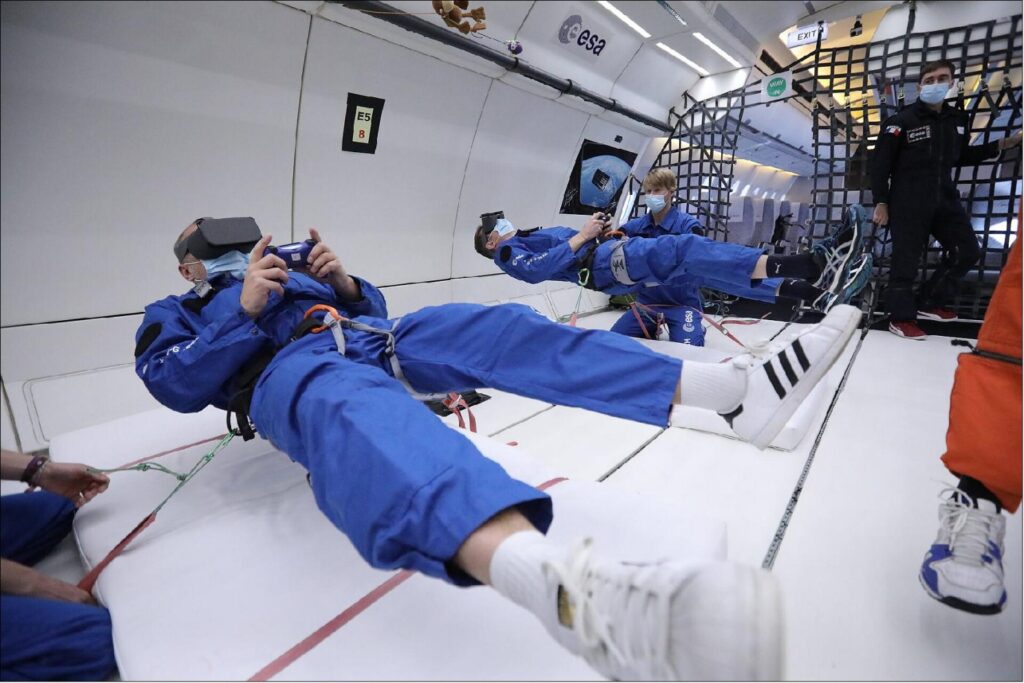
6. The Role of AI: Personalized Learning Pathways
Artificial Intelligence (AI) has transcended its sci-fi origins to become a pivotal force in reshaping how we approach learning. Imagine a world where educational experiences are finely tuned to meet your individual needs and aspirations. AI-powered systems are at the forefront of this revolution, offering personalized learning pathways that adapt in real-time to enhance your understanding and mastery of subjects.
Adaptive Learning Algorithms: AI algorithms analyze vast amounts of data to identify your learning patterns, strengths, and areas for improvement. Whether you’re grappling with calculus or exploring complex theories in physics, an AI tutor can pinpoint your challenges and deliver targeted explanations and practice exercises precisely when you need them. This adaptive learning approach ensures that you receive the support and reinforcement necessary to progress efficiently through your educational journey.
Virtual Mentors and Career Guidance: Beyond academic subjects, AI extends its capabilities to mentorship and career development. Imagine a virtual mentor that not only guides your academic pursuits but also provides career advice tailored to your skills and ambitions. Similar to a wise Jedi master, this AI mentor uses predictive analytics and career insights to recommend courses, certifications, and professional opportunities that align with your goals. It anticipates your needs and nudges you towards paths that maximize your potential.
Personalized Feedback and Assessment: Traditional standardized assessments are being complemented—or even replaced—by AI-driven personalized feedback mechanisms. AI can evaluate your progress in real-time, offering detailed insights into areas where you excel and areas needing improvement. This feedback isn’t generic; it’s customized to your unique learning style and pace, fostering a deeper understanding and retention of concepts.
AI-Powered Learning Platforms: Leading educational platforms are integrating AI to enhance user experience and learning outcomes. These platforms leverage AI to curate personalized learning journeys, recommend relevant resources, and facilitate collaborative learning experiences tailored to diverse learner profiles. Through natural language processing and machine learning, AI enables interactive dialogue and adaptive content delivery, transforming static learning materials into dynamic, engaging educational experiences.
Ethical Considerations and Future Directions: As AI continues to advance, ethical considerations surrounding data privacy, bias in algorithms, and equitable access to AI-driven educational tools become increasingly critical. Responsible deployment of AI in education requires transparency, accountability, and continuous refinement to ensure that personalized learning pathways benefit learners across diverse socio-economic backgrounds and learning environments.
Conclusion: The future of learning isn’t just intelligent—it’s personalized, adaptive, and transformative, thanks to the integration of AI. By tailoring educational experiences to individual strengths and weaknesses, AI empowers learners to achieve their full potential and prepares them for the complexities of a rapidly evolving global economy. Embracing AI in education isn’t just about leveraging technology; it’s about unlocking new possibilities for lifelong learning and personal growth in an increasingly interconnected world.
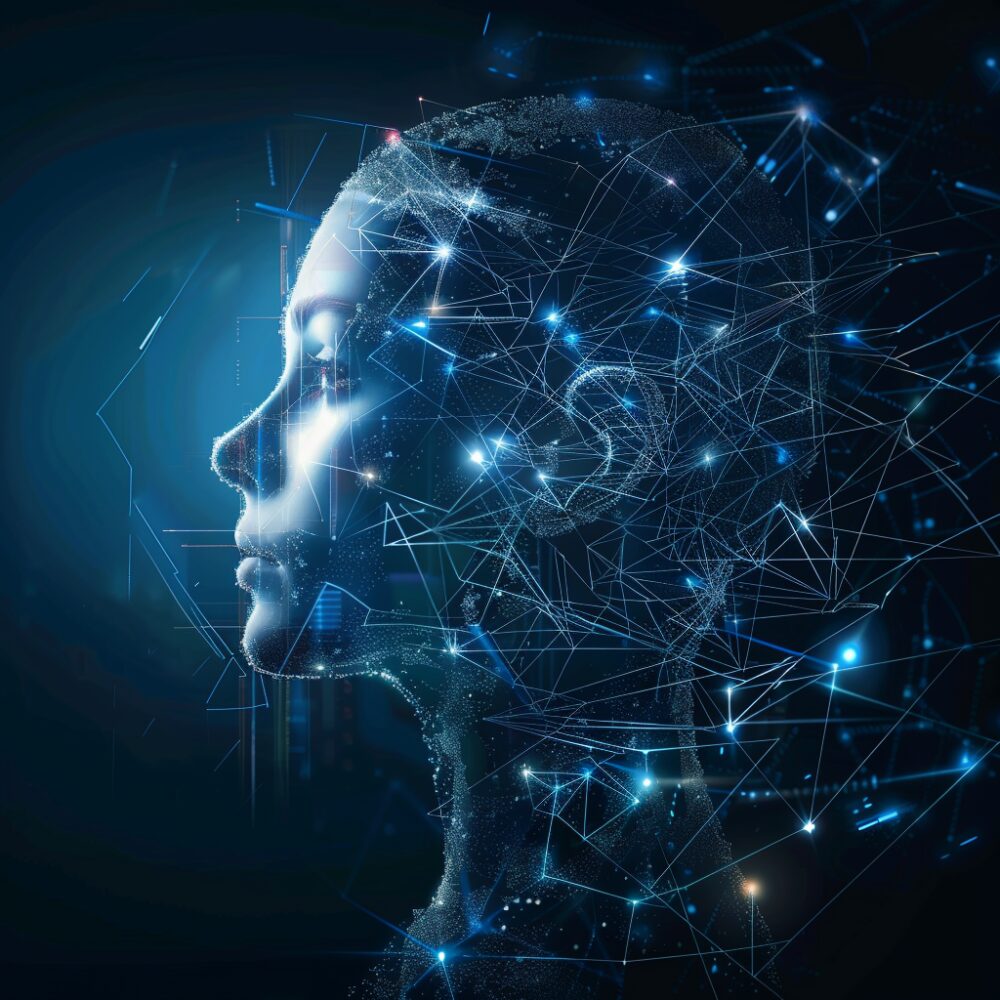
Case Study: IBM’s Watson Tutors
IBM’s Watson isn’t just a Jeopardy champ; it’s also a savvy tutor. Watson-powered platforms analyze vast amounts of data to personalize learning experiences, helping students and professionals alike achieve their learning goals faster than ever. Who needs a human tutor when you have Watson on your side?
Conclusion: Embrace the Revolution
As we catapult into the future of learning, one thing is clear: boring is out, and breathtaking is in. Whether you’re a CEO aiming to upskill your workforce or a student hungry for knowledge, the future of learning promises excitement, innovation, and limitless possibilities. So, buckle up, because the ride to knowledge has never been this thrilling!
Join the Conversation
How do you envision the future of learning? Share your thoughts and experiences in the comments below. Let’s ignite a revolution in education together!


